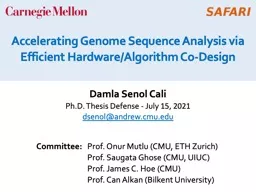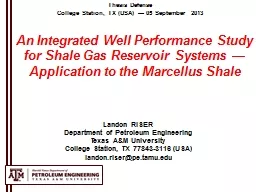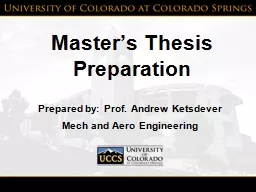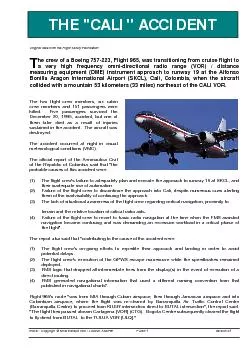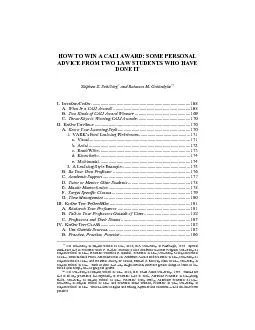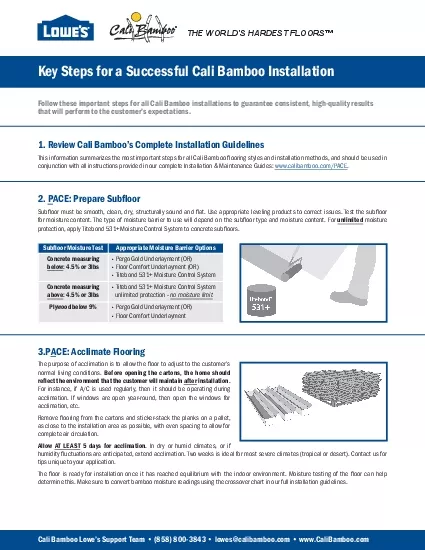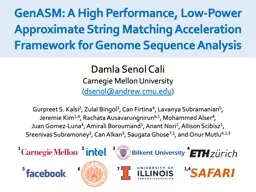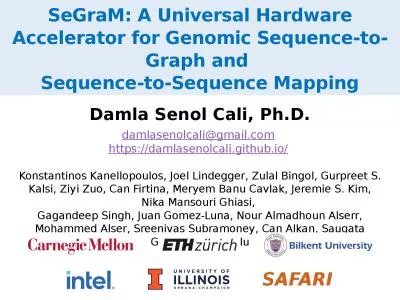PPT-Damla Senol Cali Ph.D. Thesis Defense - July
Author : CherryBlossom | Published Date : 2022-08-01
15 2021 dsenolandrewcmuedu Committee Prof Onur Mutlu CMU ETH Zurich Prof Saugata Ghose CMU UIUC Prof James C Hoe CMU Prof Can Alkan Bilkent University
Presentation Embed Code
Download Presentation
Download Presentation The PPT/PDF document "Damla Senol Cali Ph.D. Thesis Defense - ..." is the property of its rightful owner. Permission is granted to download and print the materials on this website for personal, non-commercial use only, and to display it on your personal computer provided you do not modify the materials and that you retain all copyright notices contained in the materials. By downloading content from our website, you accept the terms of this agreement.
Damla Senol Cali Ph.D. Thesis Defense - July: Transcript
Download Rules Of Document
"Damla Senol Cali Ph.D. Thesis Defense - July"The content belongs to its owner. You may download and print it for personal use, without modification, and keep all copyright notices. By downloading, you agree to these terms.
Related Documents

